Custom orthotic insoles play an important role in medical orthopedics, sports performance optimization and foot health management.
Traditional insole design mainly relies on the doctor's clinical experience or is adjusted based on a universal foot model, which is difficult to meet individual needs.
In recent years, the plantar pressure distribution system (PPDS) has provided a scientific basis for insole customization as a precise measurement tool.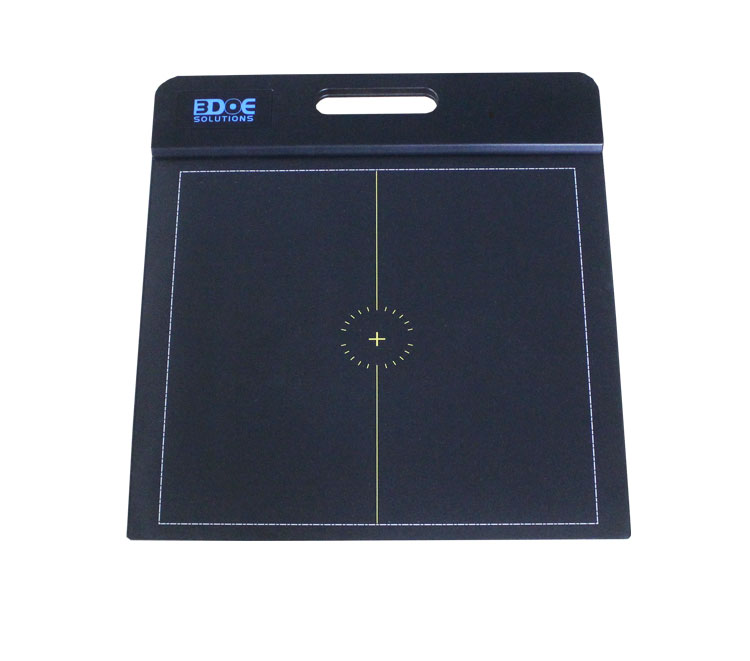
The system can quantify the force conditions, gait characteristics and foot support patterns in different areas of the sole, thereby optimizing the insole design and improving the orthopedic effect and comfort.
1. Measurement principle of the plantar pressure distribution system
The plantar pressure distribution system measures the dynamic and static pressure distribution in different areas of the sole through a high-precision sensor matrix. Its working principle includes the following aspects:
Static measurement: evaluate the plantar pressure distribution during standing, identify high-pressure areas and abnormal foot structures (such as flat feet or high arches).
Dynamic measurement: monitor the force changes during the gait cycle, including data from heel strike, midfoot support, and forefoot push-off phases, to analyze gait stability and abnormalities.
3D foot scanning (partial system integration): Combine 3D scanning technology to obtain the geometric structure of the sole and provide accurate morphological data for insole production.
These measurement data provide a reliable scientific basis for the design of personalized insoles, so that the insoles can not only provide basic support functions, but also be optimized for individual gait characteristics.
2. Application of plantar pressure distribution system in personalized insole customization
Accurately evaluate the plantar force pattern
Traditional insole design is usually universally adjusted according to the foot type (such as normal foot, flat foot, high arch foot), while the plantar pressure distribution system can quantify the plantar force pattern of different individuals.
For example, in some patients, the metatarsal head may be subjected to excessive pressure, while others may have problems with foot eversion or inversion. Through plantar pressure data analysis, high-risk areas can be accurately identified and the support design of insoles can be optimized.
Optimize arch support and pressure balance
One of the core goals of personalized insoles is to provide reasonable arch support and optimize plantar pressure distribution. Through plantar pressure data, the system can identify cases of arch collapse (flat feet) or high arches (high arches), and adjust the arch design of the insole accordingly to provide better mechanical support and reduce plantar fatigue and pain.
Gait adjustment and sports correction
For athletes or rehabilitation patients, abnormal gait may lead to sports injuries or long-term joint stress accumulation.
The plantar pressure distribution system can detect abnormal patterns in gait (such as gait asymmetry, excessive internal rotation or external rotation), and adjust them by customizing the wedge angle, heel cup design and forefoot cushioning structure of the insole to improve gait stability and reduce the risk of sports injuries.
Personalized material selection and zoning design
Through plantar pressure data, insoles can be designed with different area zoning, such as using cushioning materials (such as EVA, polyurethane foam) in high-pressure areas and lightweight support materials in low-pressure areas to optimize comfort and functionality.
For example, personalized insoles for diabetic patients can adopt a full-contact design and add pressure relief cushioning in high-pressure areas to reduce the risk of ulcers, while insoles for athletes may emphasize the rebound force of the forefoot to improve athletic performance.
3. Advantages of plantar pressure distribution system in insole customization
Data-driven, improved accuracy
Traditional insole customization relies on experience and judgment, which has subjective errors, while the plantar pressure distribution system provides quantitative data to make the insole design more accurate.
Improve comfort and correction effect
Because personalized insoles are designed based on individual plantar data, their fit, comfort and correction effect are better than commercially available standard insoles.
Reduce the risk of foot diseases
By optimizing the force on the plantar, customized insoles can reduce the risk of concentrated pressure on the foot, which is particularly suitable for people with diabetic foot, plantar fasciitis, foot and ankle injury rehabilitation, etc., and reduce the probability of foot lesions.
Support remote customization and intelligent adjustment
The modern plantar pressure distribution system combines cloud computing and artificial intelligence analysis technology to make the insole customization process more convenient. Users can monitor gait data in real time through wearable devices or smart insoles, and remotely optimize insole design parameters, and even realize the automatic adaptation function of smart adjustable insoles.
4. Future development direction
With the development of sensing technology, 3D printing and smart materials, personalized insole customization will be further optimized:
3D printing personalized insoles: Combining plantar pressure data with 3D scanning technology, 3D printing is used to manufacture insoles that accurately match the foot shape, improving production efficiency and accuracy.
Smart insoles and real-time monitoring: Develop smart insoles with integrated pressure sensors to achieve real-time plantar force monitoring and dynamically adjust the support structure according to gait changes.
AI-driven personalized optimization: Artificial intelligence will further optimize the insole design algorithm, predict gait change trends based on long-term monitoring data, and provide users with personalized gait training programs.
The plantar pressure distribution system plays a vital role in personalized insole customization. By accurately measuring the plantar force, the system can optimize the arch support, gait correction and pressure buffering design of the insole to improve comfort and correction effect.
In the future, with the further development of intelligent technology and 3D printing, the plantar pressure distribution system will be more widely used in the field of insole customization, providing more scientific and personalized foot health solutions for different groups of people.

 +86-0755-86131192
+86-0755-86131192 2025-02-06
2025-02-06 Back to list
Back to list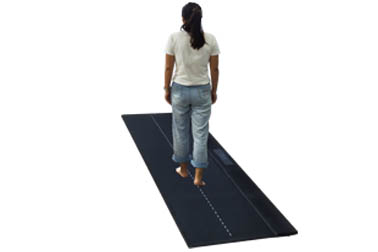
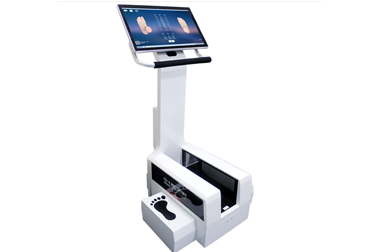
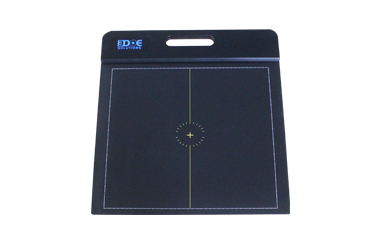
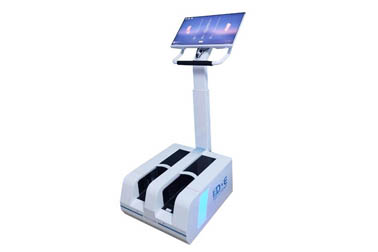
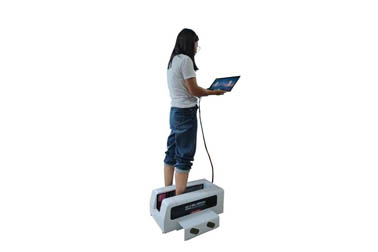



 +86-0755-86131192
+86-0755-86131192